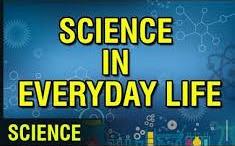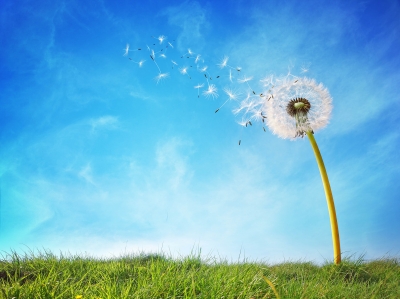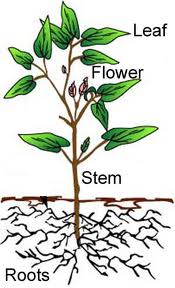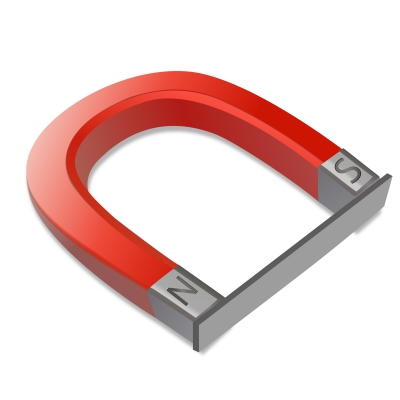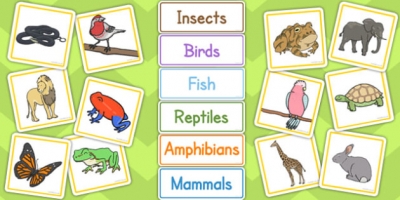
There are millions of different types of animal on Earth, so scientists have divided them into groups, based on features that they share. For example, is their body covered in fur, feathers, or scales? The amazing imaginary animal shown here combines key parts of animals from six well-known groups.
Insects
All insects have six legs and a pair of feelers on their heads, like this moth. Most of them have wings and can fly.
Reptiles
Reptiles are covered in hard, dry scales, or a shell, like this tortoise. They have either four legs or no legs at all.
Mammals
Mammals have fur or hair on their bodies, and feed their babies milk. Humans are a type of mammal.
Birds
Birds have wings, and they are the only animals that have feathers, which keep them warm and help them to fly.
Fish
All fish live in water and use their tails to help them swim. Their bodies are covered in scales, and they have gills for breathing underwater.
Amphibians
Amphibians live both on land and in water. Most of them have four legs, which they use for walking and swimming.
Picture Credit : Google

